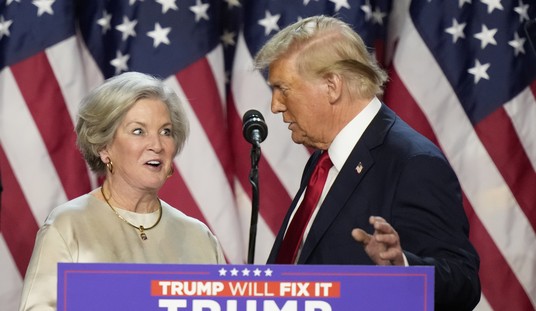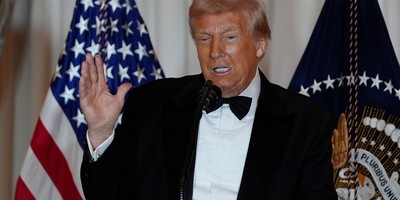We need to have a long dialogue about this. HFT isn’t terrible for markets in general. But the way it’s being done today will kill the markeplace.
American markets aren’t like European or Asian markets because we have independent traders that trade their own money. It’s in our DNA and an integral part of our history. Other marketplaces don’t have the independents. They are bank traders or fund traders.
Electronic Trading Vs Open Outcry
There is a pretty big debate going on among traders right now. Neophytes say it’s about electronic trading versus open outcry, but it’s really a lot more than that.
Electronic trading has changed the market place. In many cases, it’s for the better. Access to the marketplace is much improved over the old model. For outside customers, there is better transparency before placing an order because they see a little of the book and bids with offers. They can research trade history and see historical price quotes. It’s also pretty anonymous. Electronic trading has expanded the reach of the marketplace so that anyone can be connected to it at any time from anywhere. That’s great.
Electronic trading for many customers has driven down the cost to trade by eliminating layers of distribution in the marketplace. Customer–>IB—->Floor order desk—->Floor broker—>market; now is simply Customer—->market or Customer—->broker—–>market. For traders like myself, our costs have gone up exponentially. But in total industry sum, costs have come down. That’s good.
But the other phenomena that is going on is the way electronic trading has changed the market place. There are things that go on in the screen based market that old traders see and shake their head at. They would be illegal in a pit traded environment. The culture of the pit would have disciplined that trader, or in extreme cases the pit committee would have written the rogue trader up and tossed them out into the street.
Recommended
Flash crashes happen every day. Flash rallies happen too. The other day in the soybeans, a spread was trading at 59 points. A big market order was entered to sell. The HFT guys front ran the order, took the market down to 18 points where the order was executed, and then it rallied back to 59 points in less than a second. Ironically, the price the order was executed at was the exact limit of the no bust range. Hmmm, smell something fishy?
Is that good for the long term price transparency and risk transfer function of the marketplace?
The MF Global debacle left a huge stain on commodity exchanges and the commodity marketplace. The practices of some (not all) nefarious HFT trading firms are threatening to drive customers away from the marketplace altogether. How do you think that soybean customer feels? Next time they need to hedge beans, do you think their first choice will be the regulated public market, or will they take their chances in the OTC market?
Once enough volume moves away from the regulated public futures market, price transparency goes away. When that happens, the futures market ceases as an efficient mechanism to hedge risk-which is its primary purpose for existing in the first place.
It seems to me that exchanges are acting very similar to the government regulators they tangle with every day. Instead of using precise targeted policy to administer markets in the best possible way to maximize the value of that market to its marketplace, they are using one size fits all policy.
Financial markets that trade 24/7 are not like grain markets, meat markets, dairy markets, or many other markets. Does the pig farmer lay his head on the pillow at night wondering if he can hedge his pig crop at 2am? Or does he worry about the on the ground costs of running his business?
Electronic trading has brought us greater volume. In the old ways of thinking about markets, we always thought more volume meant a better market. However, as Themis Trading has been chronicling, more volume in the stock market doesn’t necessarily mean a better marketplace. We need to restructure the marketplace to cut out the crap.
Exchanges need to re-imagine and engineer the way we utilize the advantages of electronic trading, while preserving the benefits of the old open outcry system. The technology is there to allow the two to interact and grow the whole. Instead, the way it’s set up now the exchange deliberately kills the open outcry system. There can be a better third way.
The exchanges would be better off looking at each contract and talking to a broad base of market users and figure out the best way for the current structure of electronic trading to best create risk transfer and price transparency in that particular market. Instead, exchanges seem to only connect to a few customers and ignore the rest.
Keep doing that, and the world will begin to ignore the exchanges. That’s not desirable. One of the reason’s America’s economy is so powerful is because of places like the NYSE($NYX), NASDAQ ($NDAQ) and CME($CME). But we are in danger of making them Mr. Irrelevant.
























Join the conversation as a VIP Member